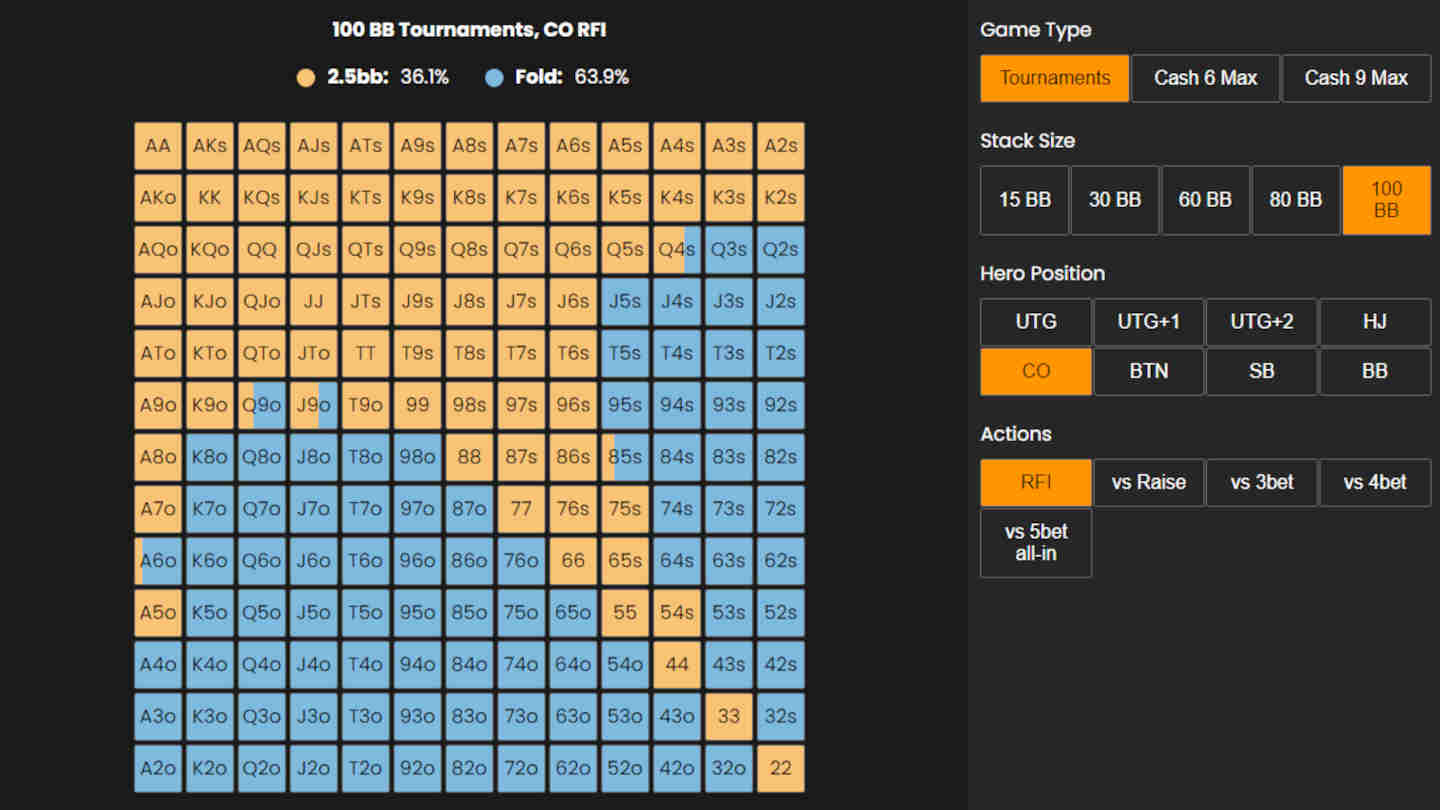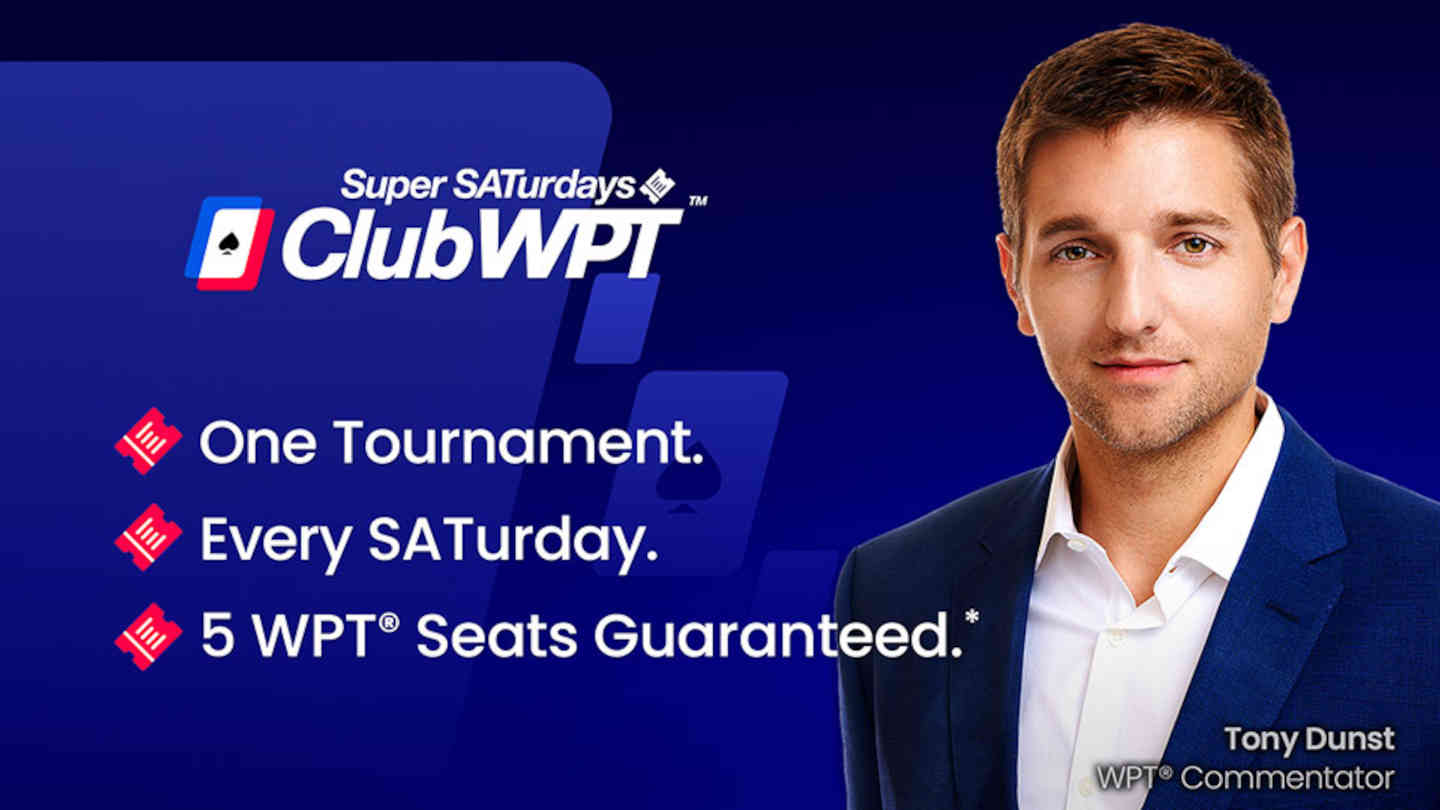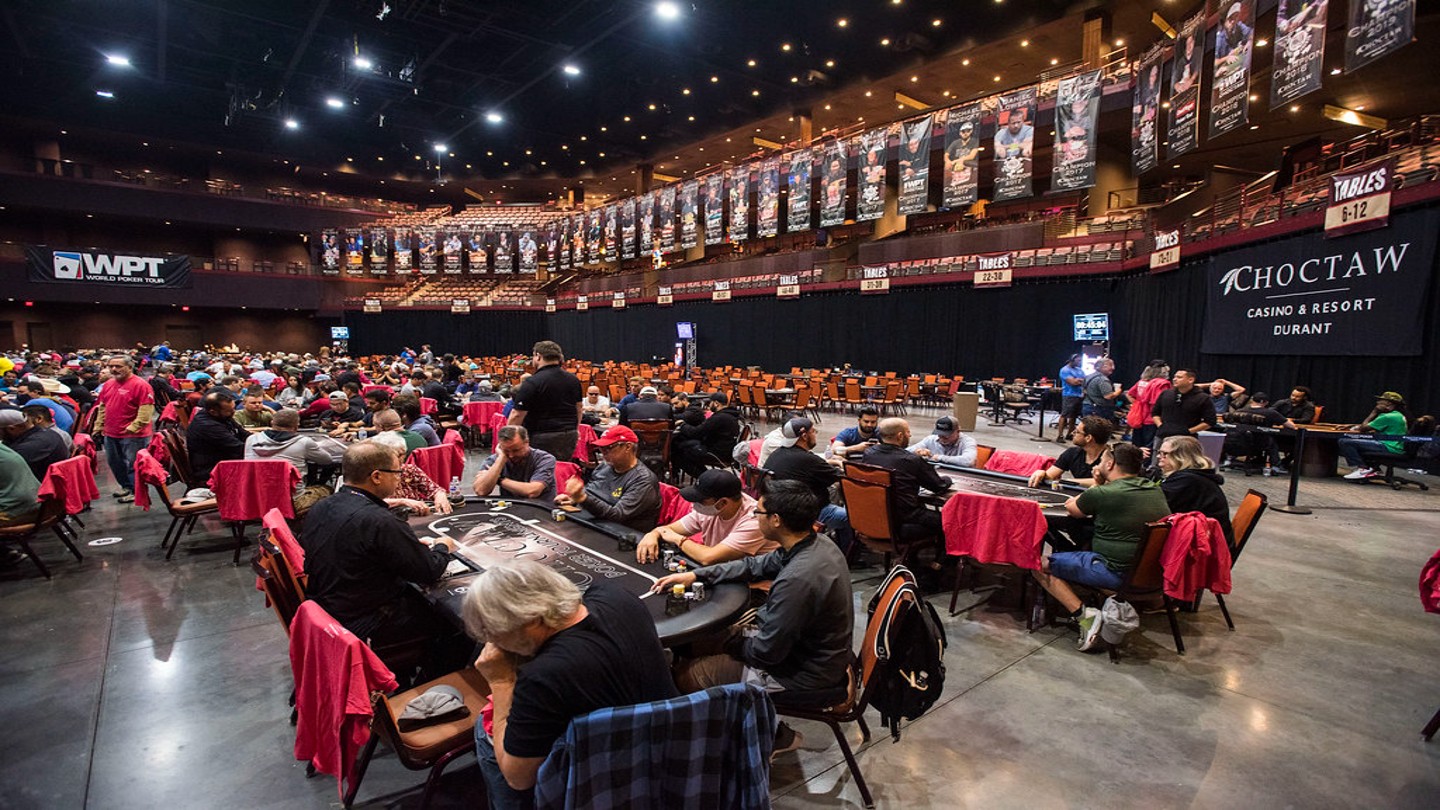Poker Staking – How Does It Work & Why Is It A Vital Part of Poker Economy

5 minutes
Last Updated: March 19, 2024
Poker Staking – How Does It Work & Why Is It A Vital Part of Poker Economy
Images from shutterstock.com
Even if you are the best poker player in the world, you are not guaranteed a paycheck at the end of the month.
Poker is a game of high risk, and many players try to reduce it by getting a stake. Even if you have a sufficient bankroll to play your limits, you can massively reduce the stress by selling some of your action or getting a long-term staking deal.
Obviously, there are plenty of other options to work on your mental game and reduce stress. You can start by building healthy habits, maybe even meditating, being self-aware when playing, or join an A-Game Poker Masterclass by Elliot Roe, but you are still likely to face money pressure.
Therefore, many professional players chose to have backing in one way or another. So whenever you see a player hitting a huge score, it doesn’t mean that he is taking all of the money.
In reality, a player can get just half of the winnings or even less, and in some cases, nothing at all. Even the best players in the world rarely hold 100% of the winnings.
Today, I will explain how staking in poker works and why you may want to sell some of your action or get involved with the backer. But before going any deeper, let me explain the common terms you need to know for this topic.
Important Poker Staking Terms
Staking – investment deal where someone provides funds for a poker player in exchange for a part of his profits.
Backer – a person who provides funds required to play in a specific event (or events) in exchange for a portion of your winnings.
Player (horse) – a player who is getting money to play and agrees to share his profits.
Stable – it refers to a group of players that are staked by a specific investor (backer).
Shares (action) – a percentage of the potential winnings that is owned by an investor.

Makeup – is the sum of the money that the player needs to return to the backer before splitting the profits. Most of the time, this will be equal to the amount that a player lost before.
Example. A backer gave 1500$ to play five 300$ freezeout tournaments. You did not win anything in the first 4 MTTs and then won $5000 in the last one. So firstly, you have to return $1500 to an investor (which is your makeup), and then you split $3500 according to your deal.
Markup – an extra fee that you pay when buying shares from a player for a single event. Most of the time, the player decides what markup he is offering based on his skill and experience.
Example. A player is offering a 1.2 markup for a single tournament with a $1000 buy-in. If you want to buy 10% of his action and get 10% of his winnings, you need to invest $120 ($100 for 10% of initial buy-in and 20$ as a mark-up.)
Profit – money made after returning the make-up to the investor.
Staking For Different Formats: Tournaments vs. Cash Games
When someone gives you money for a piece of your potential winnings before you even play, it is called staking. Basically, that someone gets a piece of your action, and if you win, you have to pay back his part.
If you lose, well, it depends on the deal.
You can have short or long-term deals, both with makeup or without it, and we will discuss all these options through this article.
Let’s start with the format of the game. Although you can get staking for both cash games and tournaments, there are way fewer incentives to get such a deal for a cash game player.
First of all, the poker variance in cash games is much lower, so if you simply want to play higher stakes, you are much better off grinding on your current level until you reach the necessary bankroll to move up.
If you are playing $0.5/$1 with your money and want to get a stake for $1/$2, which will involve a 50/50 split most of the time, you will essentially continue to play $0.5/$1 since you only hold 50% of your action.
However, you will face tougher competition and commit yourself to a long-term makeup deal. Therefore, getting a stake for cash games rarely makes sense unless you completely lost your bankroll and want a faster way to recover.
That being said, it is a completely different story for tournaments.
In MTTs, you can easily face a huge swing and have a break-even or losing streak for hundreds, if not thousands, of tournaments.
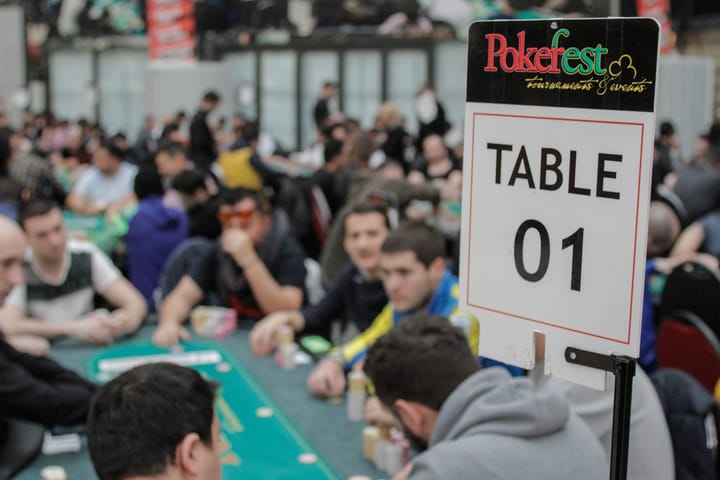
So even though MTTs are softer than cash games in most cases, if you are playing events with huge fields, you may need to play thousands of tournaments to hit something good.
When games are set up in this way, it is not easy to have a proper bankroll, and that is why the vast majority of staking deals are dedicated to tournaments.
Long-term Deals vs. Selling Action
Long-Term Deals
For long-term deals, backers usually completely fund the player in exchange for the cut of his profits, with makeup being a part of the agreement.
This means that players may not see any profits for months and be in makeup for an extended period before hitting a big score and taking home any money.
Yet, many players who want to reduce their risk and variance will seek a long-term staking deal. This way, the backer provides the necessary capital for the player, and their journey begins.
However, not everything is so white and black. If a player finds himself on a long losing stretch, things can get complicated, and many do not think about it in advance.
For example, if someone goes $50,000 into makeup playing tournaments with an average buy-in of $500, they’ll need a few decent scores to get back in the green.
So, if they win $20,000 in a tournament, they’ll have to give all that back to the backer and won’t make any profit for themselves.
For someone playing poker for a living, this can be a big problem. Players usually can’t just quit the backing deal whenever they feel like it, either without the backer permitting them or possibly quitting poker for good.
So, serious backers will often find a middle ground where they’ll allow players to keep at least a bit of profit while working on their makeup.
This can boost motivation and provide players with funds to cover their day-to-day expenses.
Run It Once pro Ben Sulsky made an amazing video about dealing with these issues and introducing combo deals that can make both parties happy even when in the makeup. If you want to see his calculations, I highly recommend checking them out.
Selling Pieces
Some players choose to sell a piece of their action for a particular tournament (or few events) as a one-time deal instead of committing to a long-term staking agreement.
There are many reasons to do that, from reducing the variance in an unusually expensive MTT to booking instant profit in the form of markup. Some players even do it to give fans a chance to rail the tournament while being involved in the action.
For example, the player participates in a more expensive event than his regular tournaments with the buy-in of $10,000. They deiced they want to reduce the variance by selling 50% of the action.
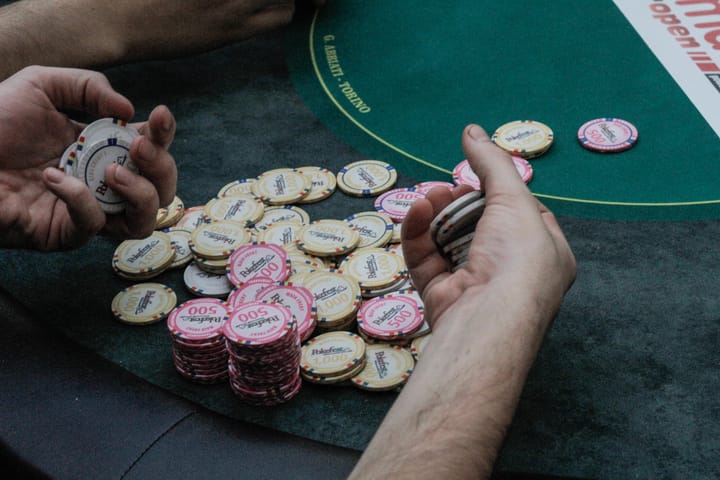
The standard value would be $5,000, but the player will usually add a markup (let’s say 1.2), so for 50% of potential profit, the backer needs to invest $6,000. This means the player holds 50% of his action and only needs to invest $4,000 in the event, which is an instant win for him.
This does not mean that the player has to find one investor ready to give the whole sum. Often, he will find several backers who buy a piece each and slip that available 50%.
It could be done either privately, between people who know each other, or through staking sites that facilitate buying pieces.
These sites make selling and buying action a breeze since you do not need to manage the whole process yourself, do the accounting, or waste hours calculating results for each backer.
So when you are selling a piece of your action for a specific event, there is no makeup involved. If you win $100,000 and have sold 50% of your action beforehand, you distribute $50,000 to your backers based on their investment. After that, you are done with the deal.
If you happen to lose, you do not have to pay the backer and are not in the makeup, which is the biggest difference compared to long-term staking.
Swapping the Action
You may have heard players talking about “swapping the action.” It isn’t a staking arrangement as such, but it is similar to selling your action, so let me explain it.
When two or more players decide to swap the action in a tournament (this is not very common in cash games), it means they promise a share of their winnings to another player playing in the same tournament (and vice-versa, of course).
For example, Player A and Player B decide to swap 10% in a tournament. Player A busts early and does not make money. Player B manages to make the final table and wins $50,000. Player B now owes 10% of his winnings to Player A and has to pay $5,000 to him.
Unlike selling pieces, action-swapping is mostly done between players who know each other and often play in the same events. It is a very good way to reduce your variance and make games even more entertaining.
Staking as Serious Business: Poker Stables
There is another side of staking, which is a serious business for backers, and if done properly, it can guarantee a healthy return on investment.
It is known as “poker stables,” which contain numerous players (sometimes called horses) playing on the backers' money.
For example, a single backer or a group of backers could stake many players (ten, twenty, or even more), provide bankrolls, and keeps track of their poker stats and results. However, it is much more than just money.
While having financial security is certainly nice, some players also look at these deals as an opportunity to get better and move through the stakes.
Many stables offer coaching and other types of support for the players, which could be a huge benefit at the beginning.
Sometimes, these groups even live together, play in the same events, and spend time going through poker hands and analyzing their opponents, which gives them quite a big advantage over the field.
While being beneficial for the player, it is also quite a profitable business for backers. They only need to have the funds required to outlast long losing stretches and can make a lot of money on the way.
Usually, stables offer standard makeup deals, with a profit split varying based on the skill of the player and his recent results, but starting at 50/50 in most cases. Since both parties are motivated for players to succeed, such a deal could be a win-win agreement.
Pros & Cons of Poker Staking
Opinions on staking in poker differ greatly. Some players believe it is awesome, and they always prefer to play staked (even if they have a bankroll), and some feel exactly the opposite. So let’s summarize the pros and cons of such a decision.
Advantages
- Removes money pressure
On the plus side, staking provides financial stability that many players require to make sure they stay in the game. Variance in poker can be quite brutal, and not everyone can deal with it. Having a good staking deal for these players is a good way to resolve some of their biggest issues and fears about the game.
- Coaching and support
The additional support and coaching that often comes with various staking deals is also a big plus. Many players pay hefty sums to get good coaching these days, and having access to it at “no charge” is not something to dismiss. So if you are considering such a deal, make sure to take advantage of added benefits.
- New opportunities
If you are playing tournaments up to $50, visiting a big live event or even WSOP may seem like a dream. However, you can try your luck by selling a big part of your action or getting involved in a long-term deal that can give you this option. So even if you are a low-stakes player, you will have many opportunities to play in higher games if you have good results in your stake.
- Poker community
This one mostly occurs if you join poker stables. You will surely meet other players who are also looking to improve and can form meaningful relationships inside and outside of poker. So not only will you be able to learn strategy at a better pace, but you can also make new friends on the way.
Disadvantages
- Reduced win rate
The most obvious downside is that you’re giving up a part of your profits on the players' side of things. Provided you’re a winning player and have a proper bankroll to play on your own, this is obviously –$EV in the long run.
- Mental struggles when in makeup
Staking deals can sometimes become a burden, and the poker community has seen a fair share of “scandals” involving backing arrangements. When players get deep in makeup due to bad luck and coolers or bad play (or the combination of the two), it becomes increasingly hard for them to keep playing day in and day out, knowing it will take a long time to get any profit.
This could lead to a mental breakdown or total loss of motivation, which is not something you want when playing poker.
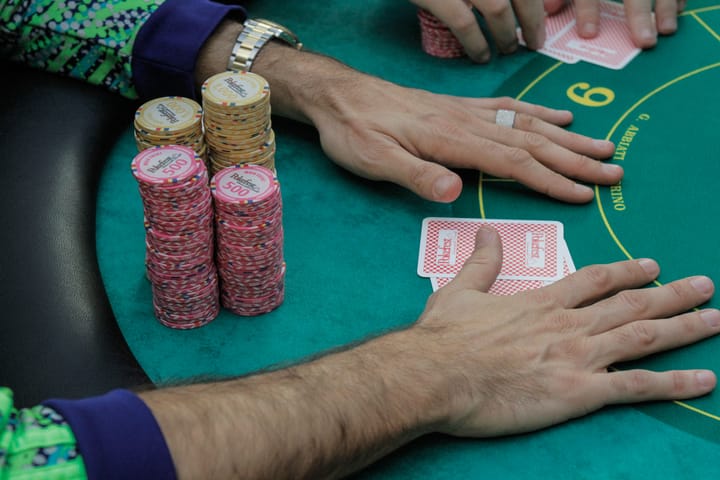
Conclusion
Staking is a vital part of the poker ecosystem. With a surge of high buy-in tournaments and some crazy high stakes cash games, many players need that extra bit of the financial safety net.
Not many players have their bankrolls to play $1,000,000 buy-in events, and even if they do, very few play without swapping or selling some action. That also stands true for lower-stakes games, so you should not be surprised that a big part of poker professionals that you see on TV are involved with staking in one way or another.
It is not a shame to play on a stake, and it does not show that you are weak or inferior to other players.
Quite contrary, it is an essential part of poker growth and the main reason why we see so many high buy-in events and new players constantly joining the action.
So weigh all pros and cons that we discussed, and decide for yourself if staking is worth a part in your poker journey.
A few takeaways from this article:
- Staking is much more important and beneficial for tournament players
- Selling action gives you more freedom and prevents you from being in the makeup
- You can swap action with other players to reduce your variance instead of getting a stake
- If you are looking for long-term staking, make sure to find a deal with additional benefits such as poker coaching and extra support






